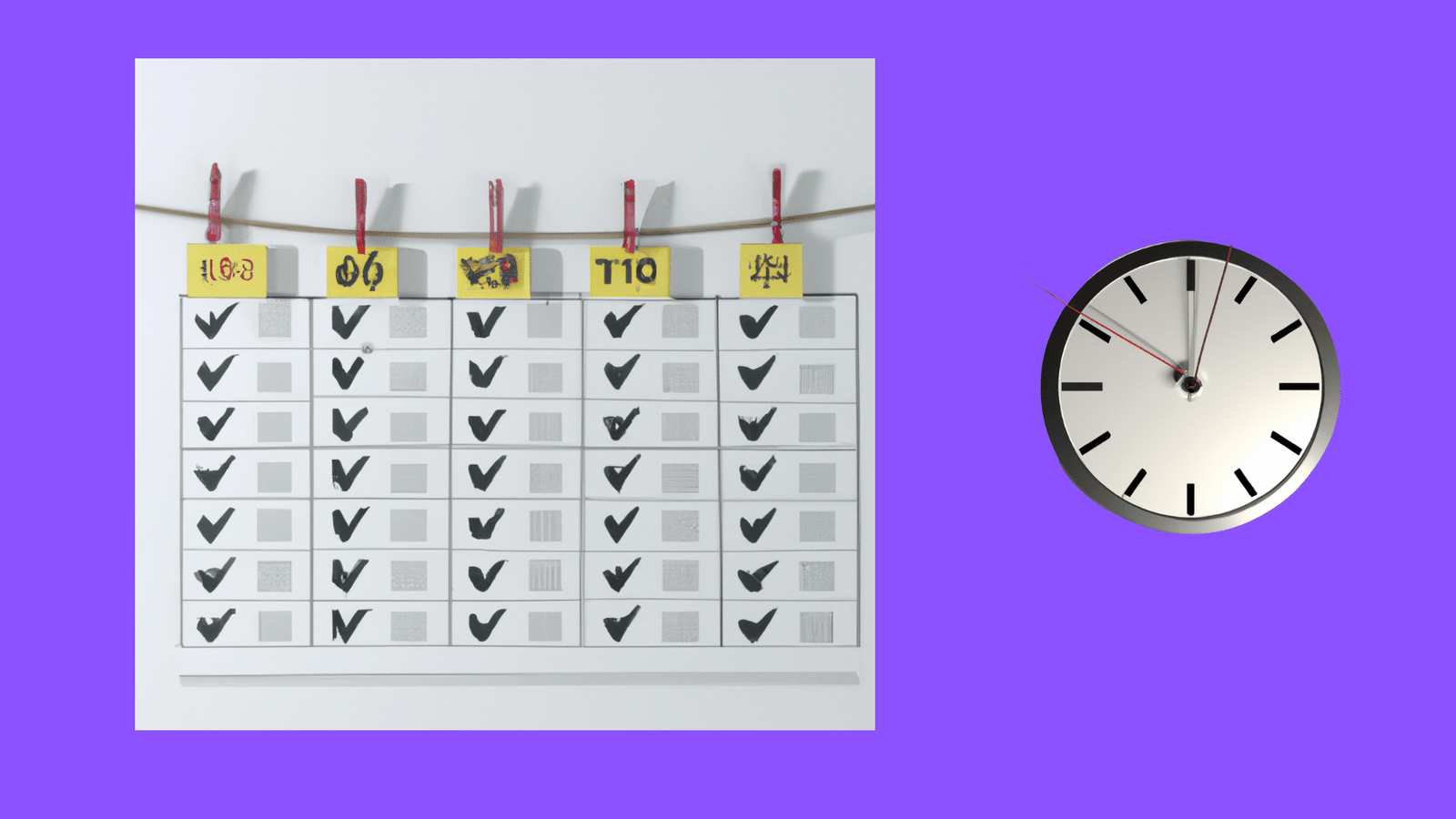The Importance of Letting Go
Letting go is a fundamental concept in the pursuit of mental and emotional well-being. It refers to relinquishing negative emotions, thoughts, and experiences that can weigh heavily on an individual. Holding onto such negativity can significantly impact personal happiness and strain relationships, ultimately hindering one’s ability to thrive in both personal and professional domains. The path to emotional freedom often begins with the understanding that clinging to adverse feelings can create a cycle of despair, anxiety, and resentment.
When individuals choose to hold on to feelings of anger, sadness, or regret, they may find themselves trapped in a psychological state that perpetuates suffering. This can lead to a myriad of issues, including stress, frustration, and even physical health problems. The significance of letting go, therefore, lies in its potential to foster emotional healing and personal growth. By releasing these burdens, individuals open up space for more positive emotions and experiences, facilitating better mental health and enhancing quality of life.
Letting go does not equate to forgetting or dismissing past pain; rather, it involves acknowledging those emotions and consciously deciding to release their grip on one’s current state of being. It allows individuals to gain perspective, as well as emotional clarity, helping them to respond to life’s challenges with a renewed sense of strength and resilience. Engaging in this process encourages self-discovery and acceptance, providing the necessary foundation for cultivating deeper, more meaningful relationships with oneself and others.
Ultimately, the journey toward letting go is a vital component of achieving inner peace. It empowers individuals to break free from the chains of negativity, promoting a healthier mindset and a more fulfilling life experience.
Identifying Negativity in Your Life
Recognizing the sources of negativity within our lives is a crucial first step toward cultivating a more peaceful existence. Negativity can manifest in various forms, including toxic relationships, harmful thought patterns, and unresolved conflicts. Each of these elements can drain emotional energy and hinder personal growth, making it essential to identify and address them proactively.
To begin the process of identification, self-reflection is key. Taking time to evaluate various aspects of your life can uncover hidden elements of negativity. Start by assessing your relationships. Consider whether certain individuals in your life consistently bring frustration or sadness. Toxic relationships often undermine self-worth and can perpetuate negative thought cycles. Engage in honest conversations with yourself about these relationships and determine if they add value or contribute to emotional distress.
Next, examine your thought patterns. Negative self-talk and persistent pessimistic perspectives can be detrimental to mental health. Pay attention to your internal dialogue; are your thoughts predominantly critical or supportive? Journaling can be an effective tool in this regard, allowing you to document patterns in your thinking and recognize specific triggers that generate negativity. Once identified, these harmful thought patterns can be challenged and transformed into more constructive beliefs.
Lastly, it’s vital to consider unresolved conflicts that may linger in your mind. Whether it’s an argument with a friend or a job-related issue, unresolved disputes can create a lingering sense of negativity. Reflecting on these conflicts allows you to assess their impact on your emotional health. Prioritizing resolution, whether through direct communication or personal acceptance, can aid in liberating oneself from the emotional weight of unresolved issues.
By employing these practical strategies for self-reflection, individuals can effectively pinpoint the specific areas of negativity that require attention and, ultimately, letting go.
The Emotional Process of Letting Go
Letting go of negativity is an emotional journey that often encompasses a variety of stages, each contributing to a path towards healing and peace. The initial phase in this journey is typically one of grief, which can manifest as sadness, anger, or confusion. Grieving the loss of relationships, opportunities, or even past versions of oneself is crucial, as it allows individuals to fully experience their emotions without the burden of suppression. Acknowledging these feelings is essential; it is a necessary precursor to moving forward.
Following grief, one may transition into a phase of acceptance. Acceptance does not mean that one is entirely fine with what has happened; rather, it involves understanding that the past cannot be changed. This stage encourages individuals to process their emotions and integrate them into their personal narratives. Acceptance is a vital step in the emotional landscape of letting go, as it fosters resilience and paves the way for personal growth. Techniques such as journaling, meditation, or even talking with a trusted friend or therapist can significantly aid in reaching this stage.
As individuals progress through these emotional stages, they may eventually find themselves moving toward a sense of peace. This peace arises from a realization that letting go can lead to a more balanced life. By embracing the lessons learned from past experiences, individuals can free themselves from the shackles of negativity. Building a supportive environment and engaging in self-care practices, such as mindfulness and physical activity, can facilitate this transition. Ultimately, the process of letting go is not a linear one; it is a winding path filled with emotional complexity that fosters growth and self-discovery while creating space for positivity in one’s life.
Practicing Mindfulness and Acceptance
Mindfulness is the practice of being fully engaged in the present moment, allowing us to cultivate awareness and acceptance of our thoughts and emotions without judgment. By incorporating mindfulness techniques into our daily routine, we can create a conducive environment for effectively letting go of negativity. One widely recognized method of fostering mindfulness is through meditation. Regular meditation sessions, even as brief as ten minutes a day, can help enhance our ability to observe thoughts and feelings as they arise, allowing us to acknowledge them without becoming entangled in their narratives.
Deep breathing exercises also serve as an essential tool in mindfulness practice. Techniques such as the 4-7-8 breathing method encourage individuals to focus on their breath, which helps center awareness and calms the mind. By concentrating on inhaling and exhaling slowly, we can shift our focus from stressors and negativity to the simplicity of our breath. This physical act of mindful breathing not only reduces anxiety levels, but also promotes emotional clarity and acceptance.
Journaling is another effective technique that supports mindfulness and acceptance. By writing down thoughts and feelings, individuals create an external space to process and release negativity. This practice allows for reflection upon experiences and emotions, promoting self-discovery while fostering a sense of acceptance. Journaling encourages individuals to explore their personal narratives, leading to a deeper understanding of the need to let go of burdensome thoughts and embrace tranquility.
Acceptance is at the core of letting go; it signifies embracing the present moment as it is—without resistance or judgment. By accepting our circumstances and acknowledging our emotions, we can diminish the hold that negativity has on us. By practicing mindfulness through meditation, deep breathing, and journaling, we align ourselves with the present, paving the way towards peace and emotional resilience.
Building Resilience Against Negativity
Resilience is an essential attribute that allows individuals to withstand stress and navigate the challenges of life effectively. Cultivating resilience against negativity is crucial for maintaining emotional wellness and achieving a balanced state of mind. One of the foundational steps in this process is developing a positive mindset. This can be accomplished by actively challenging negative thoughts and reframing them into constructive perceptions. For instance, instead of viewing a setback as a failure, one could perceive it as a learning opportunity, fostering the belief that growth often arises from adversity.
Additionally, surrounding oneself with supportive individuals plays a pivotal role in enhancing resilience. Building a network of friends, family, or colleagues who provide encouragement and understanding helps in creating a buffer against negative emotions. Engaging in open dialogues about feelings with trusted individuals can offer fresh perspectives and reduce the sense of isolation that often accompanies negativity. Therefore, investing time in nurturing these relationships is a key strategy for emotional fortitude.
Moreover, self-care practices are vital components of resilience-building. Allocating time for activities that bring joy and relaxation—such as exercise, meditation, or pursuing hobbies—can significantly contribute to emotional health. Regular physical activity, for example, is known to release endorphins, often termed the ‘happiness hormones,’ which can combat feelings of sadness and anxiety. Taking care of one’s mental wellbeing is equally important; mindfulness practices and journaling can foster self-awareness, providing insights into one’s emotional responses and facilitating healthier coping mechanisms.
By reinforcing positive thinking, nurturing supportive relationships, and committing to self-care routines, individuals can enhance their resilience against negativity. These strategies serve not only to diminish the impact of adverse experiences but also to empower individuals to thrive amidst life’s challenges.
Letting Go of Past Hurts and Regrets
Letting go of past hurts and regrets can often feel like an insurmountable challenge. The memories of painful experiences and the burden of resentment can weigh heavily on the mind, disrupting one’s emotional peace. However, understanding the importance of forgiveness is fundamental in this process. Forgiveness, both for oneself and for others, serves as a pivotal step toward liberation from negativity.
To begin the journey of letting go, it can be helpful to practice self-reflection. Taking the time to acknowledge and process one’s emotions is vital. Meditative practices, such as journaling or mindfulness meditation, can provide individuals with the space needed to confront these past experiences. By expressing feelings of regret and resentment through writing or mindful contemplation, individuals can begin to understand the underlying causes of their pain and develop a sense of closure.
In addition to self-reflection, affirmations play a key role in fostering forgiveness and releasing negative emotions. Simple yet powerful statements, such as “I am worthy of peace” or “I release the burdens of my past,” can be repeated during moments of distress. These affirmations serve to reprogram the mind and cultivate a more positive outlook, reinforcing the notion that it is possible to move forward from the past. Consistency in practicing these affirmations can gradually diminish the emotional hold that past injuries and regrets exert on individuals.
Ultimately, letting go is not about erasing memories but about redefining one’s relationship with those experiences. Embracing forgiveness is a personal choice that empowers individuals to free themselves from the shackles of negativity. By taking proactive steps to release regrets and past hurts, one can cultivate a sense of peace and foster emotional well-being.
Creating a Positive Environment for Growth
Establishing a nurturing environment is essential for fostering personal growth and emotional well-being. A positive physical space can significantly influence one’s mindset and motivation. To begin this journey, it is crucial to declutter your surroundings. Clutter not only distracts but can also serve as a reminder of past emotional baggage, inhibiting the process of letting go. Engaging in a thorough decluttering session can help you identify items that no longer serve a purpose in your life. This process allows you to create room for positivity, encouraging a sense of clarity and tranquility.
Another critical aspect to consider is the emotional environment in which you exist. Surrounding yourself with supportive, uplifting individuals can enhance your ability to let go of negativity. Seek out relationships that inspire and challenge you while steering clear of those that drain your energy or contribute to a negative mindset. Create a circle of friends, family, or colleagues who encourage your growth and happiness, as these interactions facilitate a supportive ecosystem for emotional resilience.
Additionally, the spaces you inhabit, whether at home or in the workplace, play a vital role in your overall mindset. Consider incorporating elements of nature, such as plants or natural light, into your physical environment. Studies suggest that exposure to natural surroundings contributes to improved mental health and well-being. Furthermore, establishing a designated area for relaxation and reflection can provide an oasis where you can retreat from stressors and focus on personal development.
Finally, integrating mindfulness practices into your daily routine can reinforce a positive environment. Activities such as meditation, journaling, or yoga can aid in cultivating a mindset oriented towards growth and positivity. By being intentional about the spaces and interactions that contribute to your life, you position yourself favorably for transformational change, paving the way to release negativity and embrace peace.
Establishing New, Positive Habits
Fostering new, positive habits is essential for cultivating a mindset that embraces peace and well-being. One effective method for instilling positivity is through daily affirmations. By repeating affirmations that resonate personally, individuals can rewire their thought patterns to focus on strengths rather than weaknesses. These practices not only enhance self-esteem but also counteract negative self-talk. Consider integrating positive affirmations into your morning routine, perhaps by reciting them aloud while engaging in other activities such as getting ready for the day. This simple yet powerful practice can transform your perspective over time.
Another highly beneficial practice is maintaining a gratitude journal. By setting aside a few minutes each day to jot down the things for which one is grateful, individuals can shift their focus from negativity to positivity. This daily acknowledgment of the good in life serves as a reminder of the abundance present, fostering a mindset that seeks joy rather than dwelling on what is lacking. The consistent act of reflecting on positive experiences reinforces an optimistic outlook, making it easier to release negativity and adopt a more peaceful existence.
Additionally, the process of setting personal goals can significantly contribute to a positive mindset. Establishing clear, achievable objectives allows individuals to focus their energy on what truly matters to them. These goals might pertain to personal development, career milestones, or health and wellness aspirations. By breaking down larger goals into manageable steps, one can celebrate small victories along the way, thus reinforcing a positive outlook. The sense of accomplishment derived from reaching these milestones further diminishes feelings of negativity, creating a cycle of positivity that supports the ongoing journey of letting go.
Your Journey Toward Inner Peace
Each individual’s journey towards inner peace is uniquely personal and requires a commitment to embracing the process of letting go. As you navigate through the complexities of life, it is essential to understand that releasing negativity is not a one-time act but an ongoing practice that evolves over time. Everyone’s path is distinct; what works for one person may not resonate with another. This individuality is a vital aspect of personal growth and self-discovery.
As you explore different methods to cultivate peace within yourself, consider integrating various practices that resonate with your beliefs and experiences. These may include mindfulness techniques, meditation, engaging in creative activities, or even seeking support from friends or mental health professionals. The goal is to identify what feels aligned with you, as this will aid you in your journey of letting go.
Every challenge faced becomes a stepping stone toward realizing your potential. Acknowledge that the process of letting go may present difficulties or even resistance. It is important to be gentle with yourself during these moments and to recognize that setbacks are not failures but rather opportunities to learn and grow. Patience and compassion are crucial as you progress in your commitment to releasing what no longer serves you.
Moreover, celebrating small victories on this path can greatly enhance your motivation. Whether it is acknowledging a moment of clarity or appreciating the relief that comes from releasing burdening emotions, these triumphs contribute significantly to your overall journey. Remember, the art of letting go ultimately leads to a deeper connection with oneself and a profound sense of inner peace.
As you continue to embrace this transformative journey, remain steadfast in your dedication to letting go. Each step you take is a significant contribution to your well-being, guiding you toward a more serene existence. Allow yourself the grace to evolve, and trust that every effort you make is a step closer to embracing a life enriched with peace.









